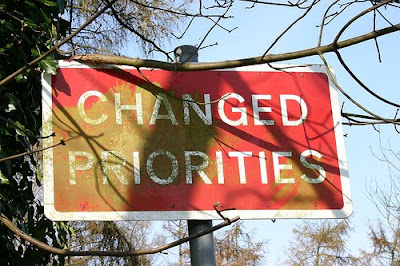
breaking deals a chronic disease
transforming our brokenness into oneness,
being one with another is a goal that can
only be achieved by a knotted rope,
connecting all who wish to participate.
creating a community of individuals,
being a deal breaker advances our understanding
of the oneness we seek to foster
despite the interruptions it causes.
living separate lives in a vacuum,
being lost and abandoned from the many,
hurts those with compassion to interact
all the more, all the time.


